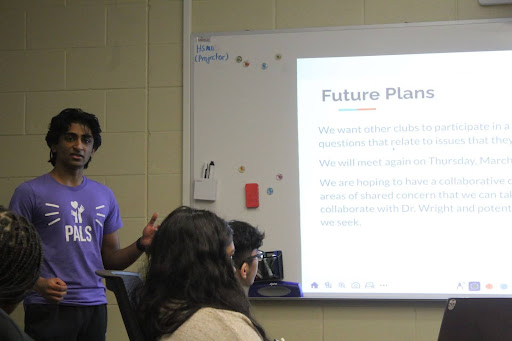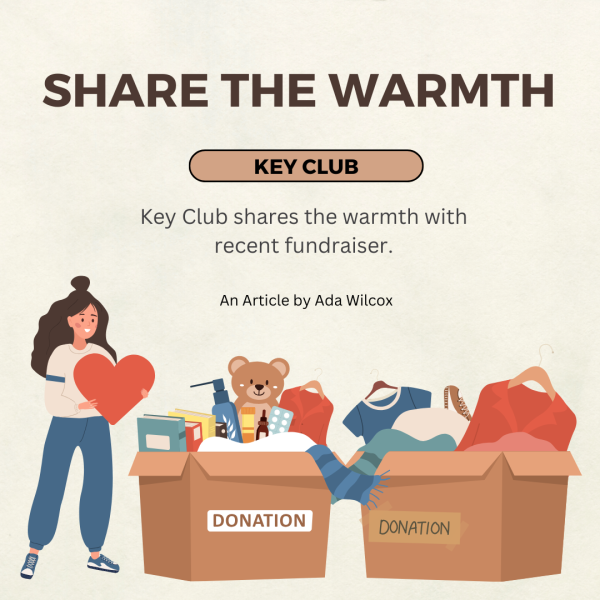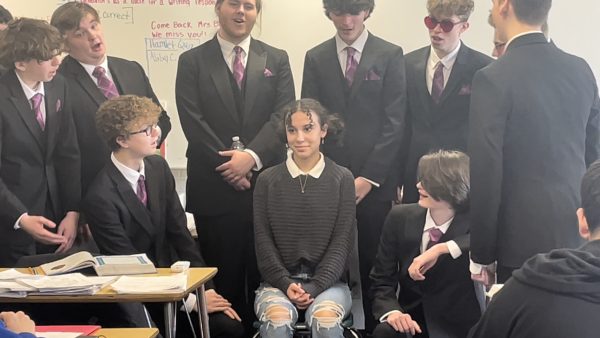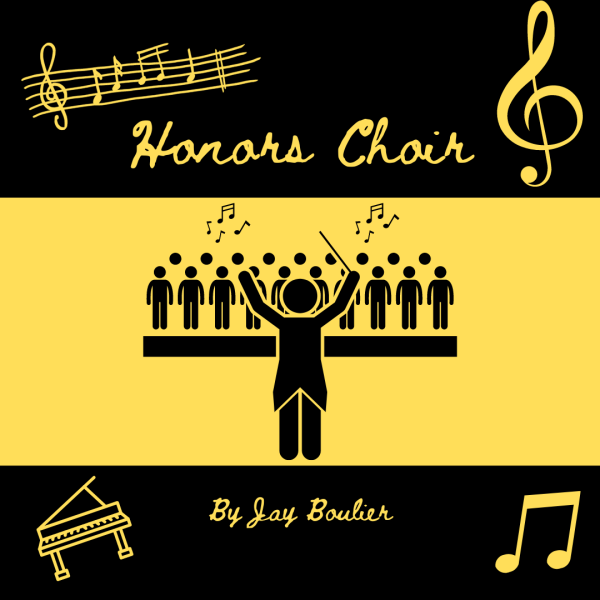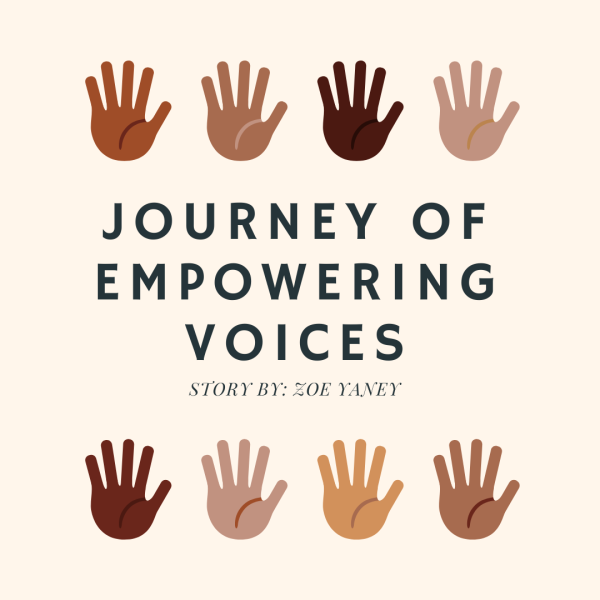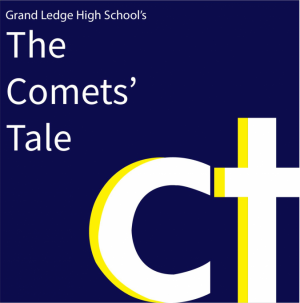In Light of Human Trafficking Awareness
A blue heart is seen as a symbol of grief and loss regarding Human Trafficking. The Blue Heart Organization has made efforts to provide assistance and protection to victims globally.
January 13, 2022
January is known for different events such as Martin Luther King Jr. Day and a New Year, but many probably aren’t aware of Human Trafficking Awareness Day on the eleventh. Established nationally in the US in 2007, this was designated to acknowledge the reality of human trafficking today.
Also referred to as modern-day slavery, human trafficking involves the buying, selling, or exploitation of everyday people, including children. Whether it is through forced labor or commercial sex, this crime ultimately strips an individual of their dignity and rights.
Dark alleys and threatening gangs are usually associated with things like kidnapping, but oftentimes human trafficking happens in plain sight.
“…The biggest one I’ve heard so far is that it doesn’t happen in Michigan,” says Mrs. Read, Grand Ledge High School teacher. “…I’ve seen the majority happening in West Michigan…women ages sixteen to twenty-five are the typical demographic that get taken.”
Women are most commonly associated with being trafficked as a report by DeliverFund claims that, of the estimated 57,700 people trafficked in the country every year, about 70% of those females were trafficked for reasons of sexual exploitation.
As with this, people of other backgrounds are affected including people of color and those part of the LGBTQ+ community.” Read continues, “People of color have a higher risk of being trafficked…specifically less people are going to look for them, unfortunately…which is a whole other conversation.”
Having those conversations about perspectives on human trafficking is crucial to keeping those aware of its reality. With social media being possibly the number one form of communication amongst high schoolers, it can act as an outlet to spread awareness. In turn, it can also be counter-effective.
“I think [social media] is a really fine line. It’s helpful when women share tips of like, ‘this is how you know you’re being followed…here’s what you can do…One of the biggest responses we hear from victims are ‘I didn’t know what to do so I just went amongst my normal routine’…It’s this really weird fine line where you know these types of stories are coming from people who’ve experienced it, but you also know sometimes social media can be like, the bane of our existence.
— Mrs. Read
U.S. Department of State.org recognizes indicators of trafficking:
- An individual is living in poor conditions, or with someone they’re unrelated to (ex: employer)
- An individual showing signs of abuse in the home or workplace, which may also be cramped with multiple people
- An individual is under the age of 18, or fearful in manner
Since it may be unsafe for someone to try and rescue a victim, a reliable number to call includes the National Human Trafficking Hotline: 1-888-373-7888 (text is available at 233733).
Though not always visible, human trafficking is everywhere. The psychological harm and physical abuse create a lifetime of oppression for every demographic. Fighting against it and seeing it peek out means the world to the victims. Let the public do what they can to stay aware, stay educated, and stay strong against this inhumanity.
For more information, visit these sources:
https://www.unodc.org/blueheart/



